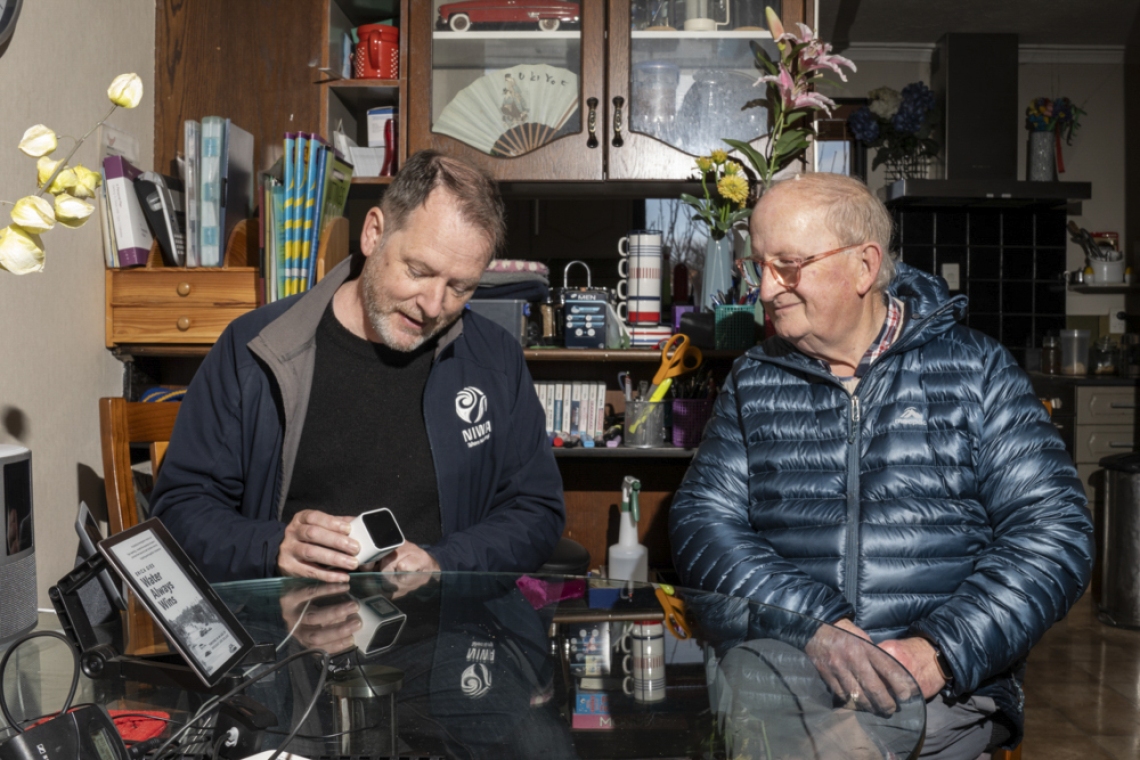A new study from NIWA has mapped outdoor air quality for Invercargill and Alexandra in more detail than ever before.
Researchers found that outdoor air in the most polluted locations contained three times as much particulate matter – from smoke and other pollutants – as the air in the least polluted areas.
Dr Ian Longley is NIWA’s principal scientist for air quality. He says this is largely due to where the wind blows.
“We have managed to pinpoint exactly where air pollution is better or worse across the whole area. Interestingly, it’s not necessarily where the pollution is created that you find poorer air quality. Rather, it tends to settle where the wind transports it, which is generally southward in Invercargill and westward in Alexandra.
“Air also settles into valleys, even shallow ones, meaning that even in relatively flat towns like Invercargill, you get more pollution in lower areas of land,” said Dr Longley.
Environment Southland partially funded this mapping project to better understand the concentrations of pollutants people in Invercargill are breathing in every day from fireplaces, industry and vehicles.
Dr Nick Talbot, Environment Southland air and terrestrial science team leader, says the data backs up why it’s important, no matter where someone lives in the Invercargill airshed, that they are being mindful of how they are burning.
“It doesn’t matter if you live in south Invercargill or north Invercargill, what matters is doing your best to reduce air pollution while keeping your whānau warm over winter. The best way to do this is by burning dry wood hot and bright, not banking your fires overnight and making sure to get your chimney cleaned regularly. This will help Southlanders breathe easy.”
A second part of the NIWA study looked at how much of this pollution is getting into people’s houses. Working alongside local community organisation South Alive, NIWA installed air quality monitors in the homes of six volunteers in Invercargill to collect data every few minutes on levels of particulate matter.
This enabled the scientists to work out whether indoor air was being contaminated from inside or from outside the home, or both.
“Even though our homes feel generally secure from the outside world, we found that at least half of the polluted air is finding its way in, whether that be through doors, floorboards, or small gaps in the walls,” said Dr Longley.
Air pollution is particularly bad in the winter months when more people are burning wood and coal to keep warm. This worsens the air quality in towns and cities across New Zealand, especially when the wind drops.
Poor air quality has been linked to several health conditions, such as headaches, asthma, and respiratory infections.
“Luckily, there are solutions – we trialled air filtration units in the homes of our volunteers and were able to reduce pollution levels by 50–90%. They do make a bit of noise, somewhat like a heat pump, but most people found a good spot for them and were very happy to have them.
“In fact, when we removed them at the end of the study, we had a couple of comments saying what a shame it was, because people could really feel the difference,” said Dr Longley.
NIWA hopes their study will help councils better understand how air quality varies in towns and cities, which in turn will help set regulation and design solutions for good indoor air quality in the future.
There are plans to replicate it in towns and cities across the country.
“Although we can use filtration to scrub indoor air clean, it is always better to stop or reduce pollution at its source. Switching to electric heating will remove heating emissions entirely, while keeping chimneys clean, using dry or ultra-low emission wood, and using pellet burners are a few other steps that people can take that will help.
“In all, there are many things we can do to keep our homes and whānau healthy, and this study is a big step in helping to drive the best action moving forward.”
The study also used Otago Regional Council’s air-quality data from Alexandra and Environment Southland’s data from Invercargill.


